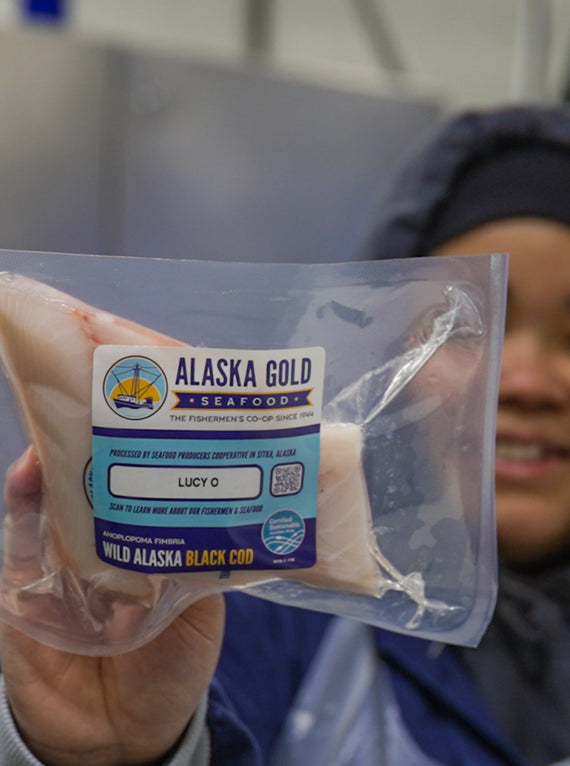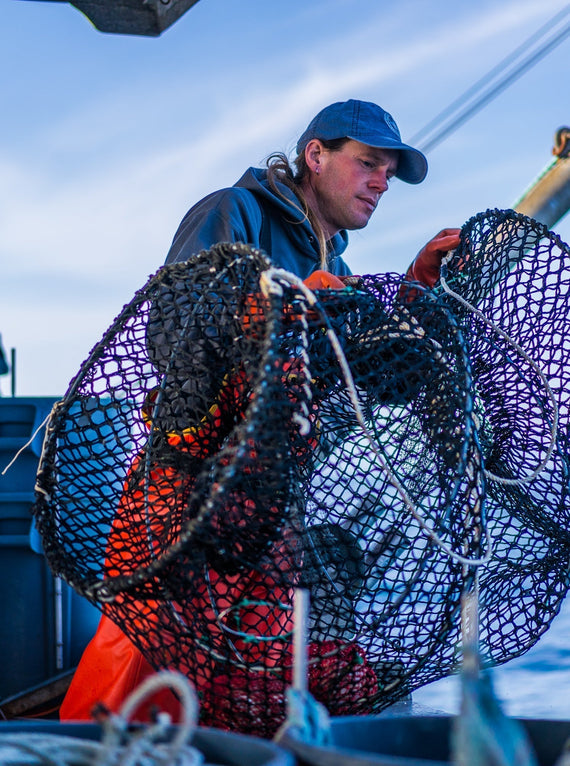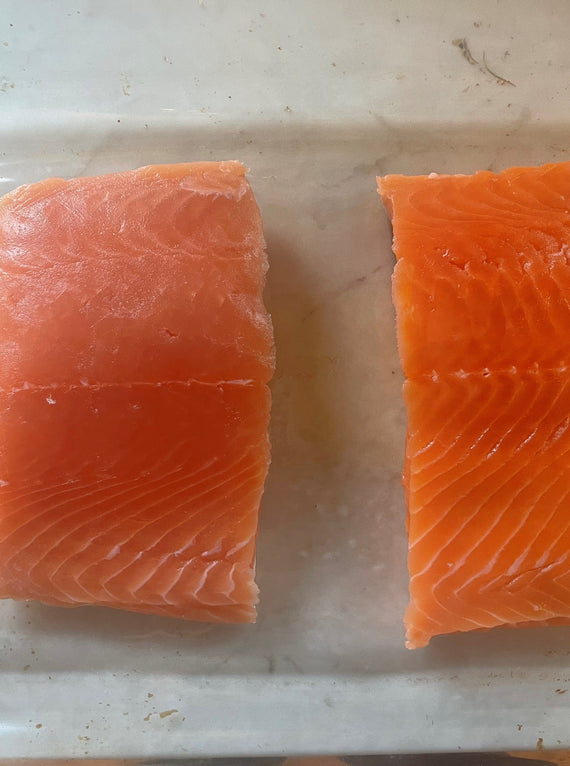
Salmon vigorously returning to their birthplace to spawn. These are pinks returning to Indian River which runs right through Sitka.
During late summer and early fall in Southeast Alaska, rivers are full of salmon returning to spawn. And these wild salmon are precisely the reason behind all of the other life that comes out to play during the Alaskan summer. Amy Gulick, in Salmon in the Trees, notes that 137 species in the Tongass Rain Forest of Southeast Alaska depend on wild salmon. Particularly dependent on the Tongass are the wild coho salmon that run up the thousands of small creeks that stream through virgin old growth forest.

Thousands of wild coho salmon run up this creek at the end of summer to reach spawning grounds
Wild salmon are the fertilizer upon which an entire forest grows. As a keystone species in the Tongass Rainforest in Southeast Alaska, wild salmon bring marine nutrients inland and provide an important food resource for a variety of animals. These nutrients also increase the productivity of nearby plants and forests. Mammals from mice to grizzly bears feast on spawning salmon. So do bald eagles and ravens, as do many other birds. Birds and mammals fly off with or drag carcasses into surrounding forests, bringing marine-derived nutrients for the forests around salmon-bearing streams. Up to 70% of the nitrogen intake for plants and trees in the Tongass Rain Forest can be traced back to wild salmon. The trees in the forest grow, provide shade, cooling the water, making it the ideal temperature for the salmon to spawn. This full circle relationship also involves Southeast Alaskan fishermen.
Fishermen’s ways of life depend on healthy salmon runs, which also depend on these forests and the healthy watersheds that are part of forests. Our fishermen live within a “Blue Economy.” Their livelihoods depend on the ocean, which in turn depends on the forest. Salmon fishermen are some of the first to advocate for the health of the oceans and forests. They advocate for forests because the salmon need them for survival. Fishermen do not want the health of the forests disproportionately ceded to mining or logging interests, which can have long-term detrimental effects on the forests and hence the salmon runs.
It might sound counter-intuitive, but in essence protecting wild salmon by buying wild salmon from fishermen who fish in well-managed fisheries is one of the best ways to support wild salmon and the habitats in which wild salmon dwell. It’s easy to say not eating wild salmon would be better to save them, but then who would advocate for the wild salmon and these places?
Market-based solutions can be the most effective solutions to solving the problems of feeding people in an environmentally-friendly way because they bring solutions that have benefits that are sustainable both in an ecological and an economic sense. Working in partnership with other interest groups, protecting wild salmon can be good for all parties. Fisheries are the top economic driver in the Tongass National Forest. With 25-percent of the entire West Coast’s entire salmon harvest coming from the Tongass, that’s important work that fishermen do. And wild salmon, when habitats are protected and fisheries managed according to the science-first principles used by Alaska Fish and Game, can be a renewable resource from now into perpetuity.

Small islands through which salmon run in southeast Alaska.
Last November, the McDowell Group, a market research firm with a socio-economic focus, released an economic study commissioned by the advocacy group Salmon Beyond Borders, a group of concerned fishermen in alliance with Native American and First Nations tribes from coastal southeast Alaska communities. The study considers the economic value of commercial fishing and tourism, two of the region’s key industries that depend significantly on the health of Alaskan rivers. The study found that the Taku, Stikine, and Unuk rivers generate an annual 48 million dollars in economic activity for Southeast Alaska. When considering a 30-year horizon, these watersheds are valued at just under 1 billion dollars. This economic value can in theory be generated in perpetuity through careful management of sustainable fishing. In addition, tourists come to see these last wild, pristine places in person.
Fish, wildlife, and scenic resources are fully renewable. They also have the potential to offer greater economic value as similar resources and experiences grow more scarce. The bounty from these rivers provides thousands of jobs that contribute to the well-being of Southeast Alaskan coastal communities. And the fishermen and others who work in contact with salmon and forests take a deep interest into conserving these places for future generations. Supporting fishermen that fish using sustainable methods by buying Alaska seafood direct from a fishermen-owned co-op at Alaska Gold Seafood is part of sustaining the salmon forest.




